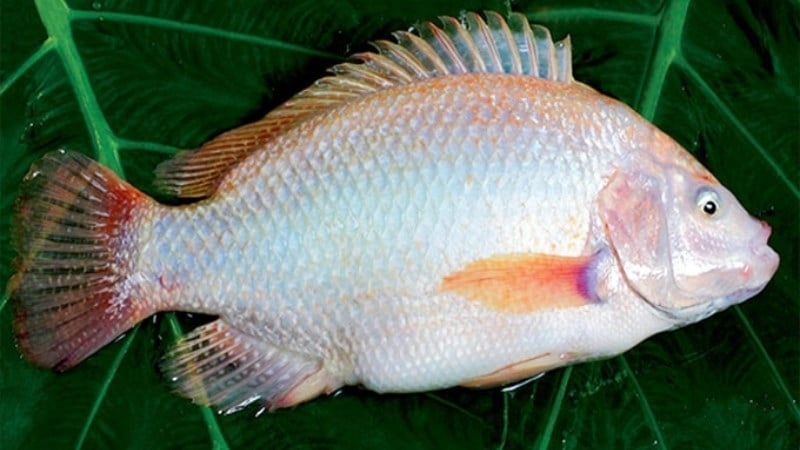These affordable, nutrient-rich fish are akin to ginseng and bird’s nest in their health benefits. Home cooks, take note! Don’t miss out on adding these delicious and nutritious fish to your family’s meals.
Sardines
Sardines are small, slender fish that primarily inhabit saltwater environments. According to the United States Department of Agriculture, sardines are packed with omega-3 fatty acids, vitamins, and essential minerals. They are also a good source of beneficial fats and cholesterol, which contribute to cardiovascular health. Notably, the US Food and Drug Administration (FDA) has included sardines on their list of the best fish choices since July 2019.
Another advantage of sardines is their short lifespan, which means they accumulate fewer toxins. So, if you spot fresh sardines at the market, don’t hesitate to buy them for your next family meal.

Tuna
Tuna are deep-water fish with tender meat and a rich flavor, owing to their habitat. They are an excellent choice for those looking to boost their cardiovascular health. Tuna helps regulate cholesterol, prevents atherosclerosis, and guards against heart disease and stroke.
Additionally, tuna is a great source of iron, vitamin B12, and omega-3 fatty acids. These nutrients work together to prevent anemia and promote heart health, especially in the elderly.
Herring
Herring is a versatile fish that can thrive in both freshwater and saltwater environments. They are highly nutritious, containing significant amounts of vitamins, calcium, and essential minerals like iron, zinc, and potassium. Herring is particularly rich in omega-3 fatty acids, EPA, and DHA, which are known to improve blood circulation and protect cardiovascular health.
The abundance of vitamin D in herring also contributes to bone and joint health, making it especially beneficial for older adults. This fish is a safe and healthy option for your diet.
Whitefish
Whitefish are predominantly found in brackish waters, such as estuaries, lower river regions, and lowland areas. In traditional medicine, whitefish are believed to have warming properties that aid digestion and are beneficial in treating chronic colitis. Due to their short lifespan and relatively clean environment, whitefish have lower levels of mercury and other toxins, making them a suitable choice for everyday meals.
Pink Mullet
Pink mullet has a long body, abundant meat, few bones, and a mild flavor. It is particularly rich in omega-3 fatty acids, which are beneficial for brain and heart health. Owing to its high oil content, pink mullet is often referred to as “oily fish.” This fish is commonly smoked or packaged for long-term preservation while maintaining its nutritional value.

Halibut
Halibut is a deep-sea fish that is naturally rich in protein and unsaturated fatty acids—the good kind of fat for your body. Because they live in clean, deep waters, halibut is a safe choice, especially when sourced from natural seafood markets.
In many Asian countries, including Japan, South Korea, and China, halibut is a popular delicacy. It is commonly prepared grilled or as sashimi (raw). With its low-fat content and high omega-3 levels, halibut is an ideal ingredient for nutritious family meals.






































